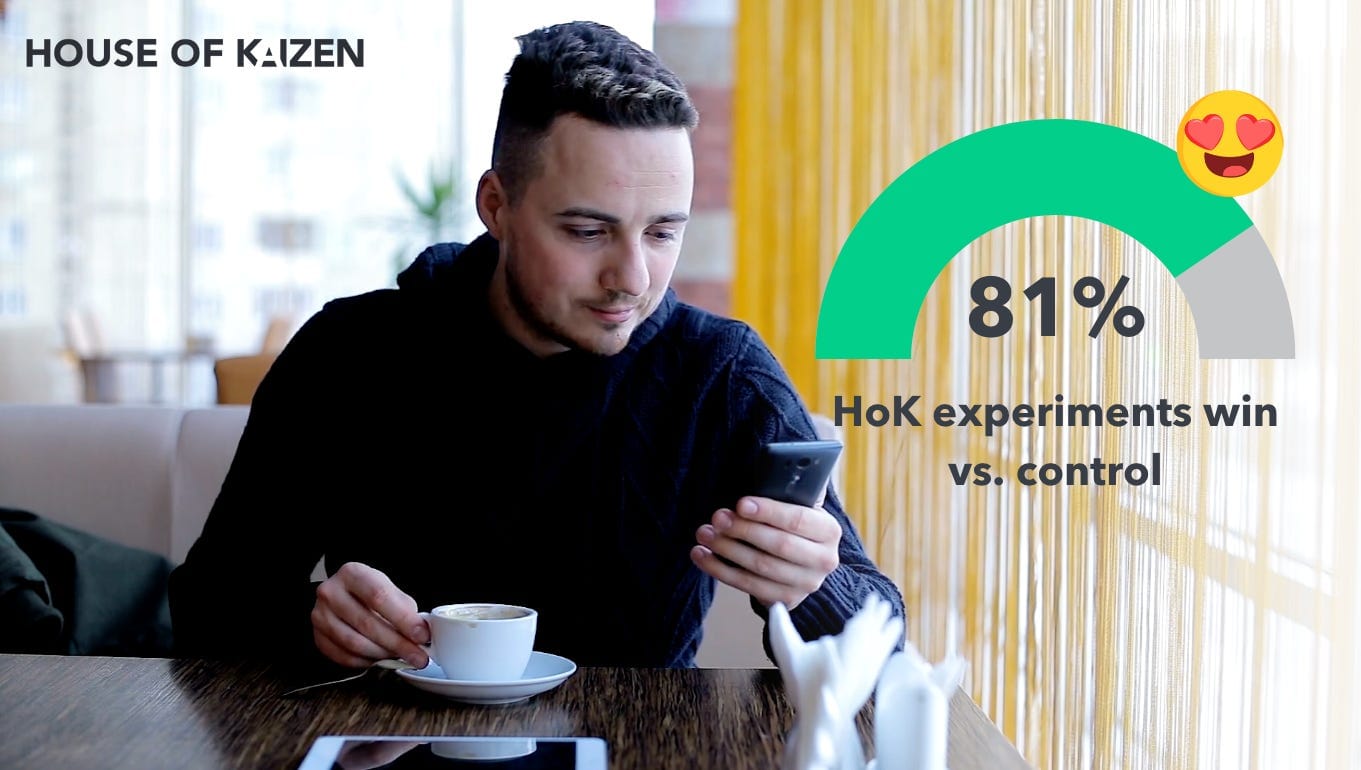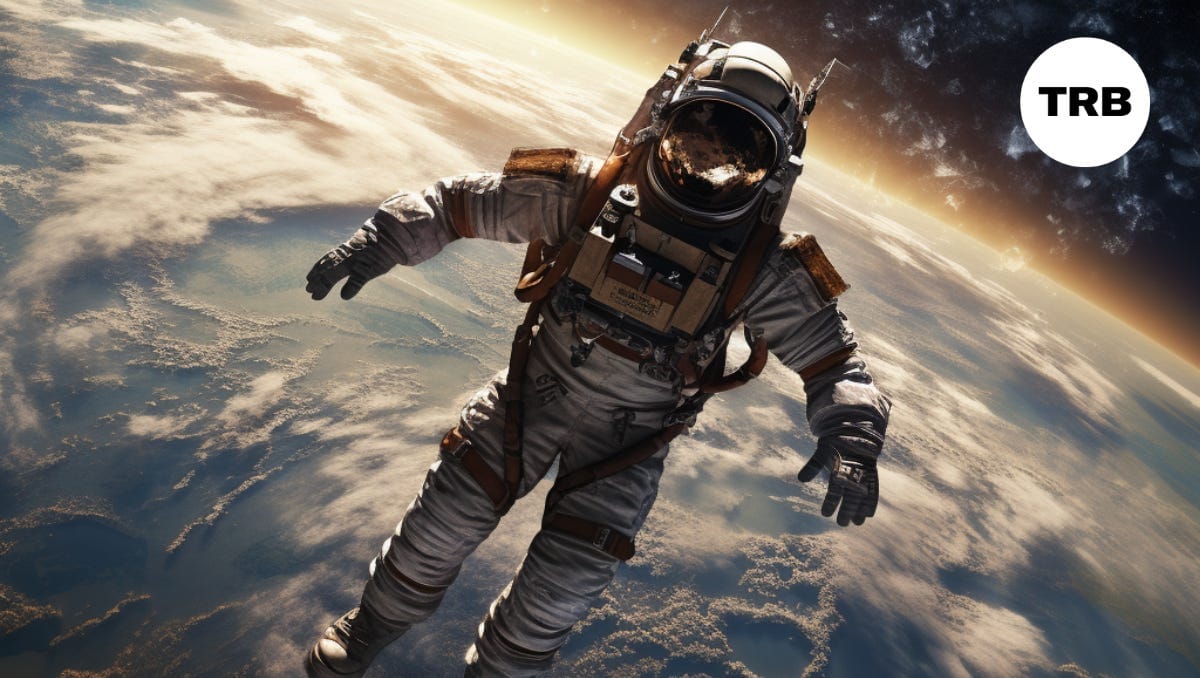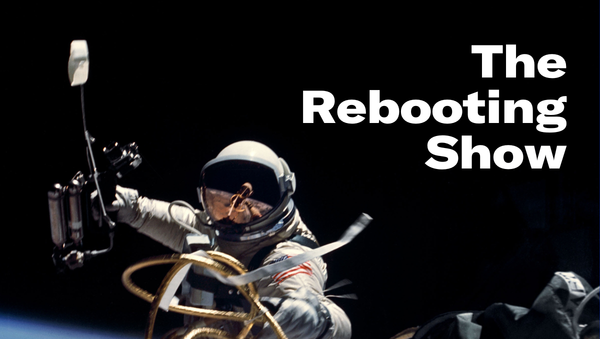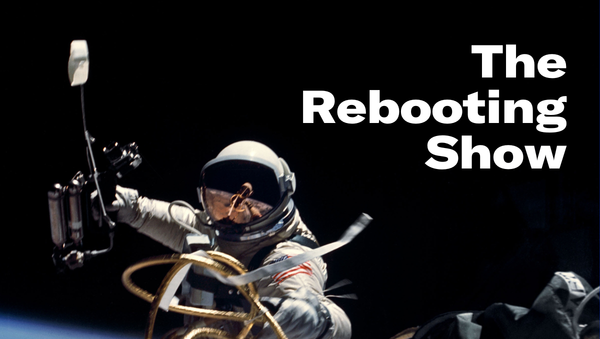Twilight of the brands
The economic value of brands is eroding
I’m returning to the topic of AI through the lens of what it means for the function of brands. But first, a message from House of Kaizen, which helps publishers take a systematized approach to subscriptions growth by aligning with audience needs. Seems sensible.

What does good growth look like?

We’re all in pursuit of strong and consistent growth to make our media brands lasting businesses amidst shifting audience consumption behaviors, turbulence in the market, and the push and pull of revenue requirements. Finding a sustainable footing has been hard for the largest of the old guard just as it has been for the newest digital natives among us. So what does good growth look like in this era of media and publishing? House of Kaizen has a Growth Diagnostic used by publishers (and other recurring revenue products) to identify and drive sustainable growth with audience-first experience optimization. Through their decades of working with the world’s best subscription products, they know what creates sustainable net-growth and will help you to find better alignment between your audience expectations and the product experience.
Twilight of the brands

The internet has mostly been a disaster for publishers. The promise of the internet was that, freed from artificial constraints, publishers would amass far larger audiences than ever possible in a world of printing presses. Yet the elimination of scarcity eroded much of the economic power of publishers, suddenly in competition for finite attention with everyone and everything on the planet. Meanwhile, performance marketing ate the ad industry, eroding the brand building function many publishers relied on. In a direct marketing world, the most data wins. Publishers were bringing a butter knife to a gun fight.
But there was always brand, the somewhat squishy concept that in a complicated and messy world – and the internet is all those things and more, needless to say – people would use brands as a guidepost. The key role of brands has long been a shortcut for people who don’t want to play Columbo for every decision they make over the course of the day.
There’s math involved, but let’s be real, anytime ad people are talking “lovemarks” and whatnot, there’s a heavy dose of magic (and snake oil). Last night, I jokingly posted a screenshot of the “Brickin’ for Chicken” promotion at the Sixers games, where the crowd gets free Chick fil-A if an opposing player misses two free throws in the second half, noting that it deserved a Cannes Lion. One longtime creative director DM’d me: “It’s probably more effective than 90% of winning work at Cannes.” John Wannamker probably overestimated the 50% effectiveness.
That brand premium has continued to erode, as society overall is more skeptical of institutions of all kinds. I’d argue this accelerated even more as many brands willingly or were pushed into taking social stands that put them smack dab in the middle of our running guerrilla culture battles. It’s gotten to where companies are expected to weigh in on every global issue, even if it has nothing to do with them, since even shutting up isn’t an option. In many ways, they brought this on themselves, either out of conviction or expediency. Walking that back is going to be tough.




